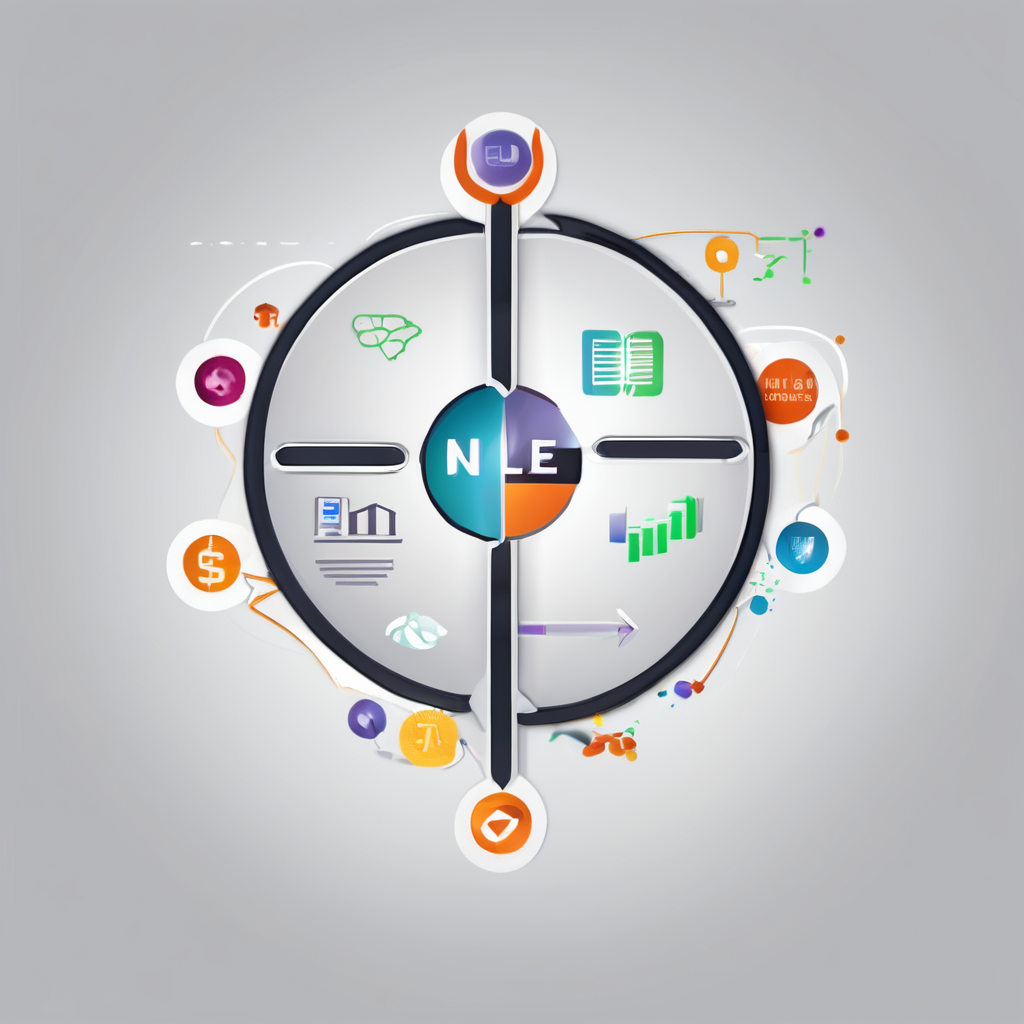Maximizing Cybersecurity Awareness: The Most Impactful Training Programs for UK Businesses
In the ever-evolving landscape of cybersecurity, one thing is clear: the human factor is both the strongest and the weakest link in any organization’s defense against cyber threats. As UK businesses continue to digitize and expand their online presence, the need for effective cybersecurity awareness training has never been more critical. Here’s a deep dive into the most impactful training programs that can help your business stay safe in the digital age.
The Importance of Cybersecurity Awareness
Cybersecurity awareness is not just an option; it is a necessity. With the rise of sophisticated cyber threats, including ransomware, phishing, and social engineering attacks, employees are often the first line of defense. However, they can also be the most vulnerable point if not properly trained.
Also to discover : Harnessing big data: innovative approaches for uk financial institutions to transform risk management practices
“Employees are the weakest link in the security chain, but they can also be the strongest if they are properly trained and motivated,” says a cybersecurity expert from Acronis. This underscores the importance of investing in comprehensive training programs that go beyond mere compliance and aim for real behavior change.
Effective Training Programs: Key Components
An effective cybersecurity awareness training program should be engaging, informative, and tailored to the specific needs of your organization. Here are some key components to look for:
Additional reading : Essential Factors UK Tech Firms Must Address When Venturing into Global Markets
Interactive and Engaging Content
Training programs should not be boring or tedious. They need to be interactive and engaging to keep employees interested and motivated. For example, Acronis offers a security awareness training program that is designed to be enjoyable and instructive, making it easier for employees to follow along and retain the information[1].
Real-World Scenarios
Using real-world scenarios can make the training more relatable and impactful. For instance, simulating phishing attacks or demonstrating how ransomware works can help employees understand the risks in a more tangible way.
Continuous Learning
Cybersecurity is a constantly evolving field, so training should not be a one-time event but rather an ongoing process. Regular updates and refreshers are essential to keep employees informed about the latest threats and best practices.
Leadership Involvement
Leadership involvement is crucial for setting the tone and culture of cybersecurity within an organization. When top management participates in and champions cybersecurity awareness, it sends a strong message to all employees about the importance of this issue.
Advanced Training Programs: Combining Academics and Practice
For businesses looking to take their cybersecurity to the next level, advanced training programs that combine academic rigor with practical experience can be highly beneficial.
MSc Cyber Resilience & Crisis Leadership
The MSc Cyber Resilience & Crisis Leadership program offered by ESILV is a prime example. This two-year program, taught in both French and English, provides students with a deep understanding of technical risks, security management, and resilience. It includes modules on human sciences as risks, technical risks, workplace studies, security management, and resilience. The program is accredited by the Conférence des Grandes Ecoles and is part of the prestigious Campus Cyber initiative, which brings together national and international actors in the field of cybersecurity[2].
Addressing Specific Threats: Phishing and Social Engineering
Phishing and social engineering are among the most common and dangerous cyber threats. Here’s how to address them effectively:
Phishing Attacks
Phishing attacks are designed to trick employees into revealing sensitive information or clicking on malicious links. To combat this, training programs should include simulations of phishing attacks and educate employees on how to identify and report suspicious emails.
- Recognize the Signs: Teach employees to look out for spelling and grammar mistakes, generic greetings, and urgent requests.
- Verify the Source: Encourage employees to verify the sender’s email address and contact the sender directly if they are unsure.
- Use Technology: Implement anti-phishing tools that can detect and block phishing emails.
Social Engineering
Social engineering attacks exploit human psychology rather than technical vulnerabilities. Training programs should focus on building awareness about these tactics.
- Be Cautious with Information: Employees should be cautious about sharing personal or company information, especially over the phone or via email.
- Use Secure Communication Channels: Ensure that sensitive information is shared only through secure and verified communication channels.
- Report Suspicious Behavior: Encourage employees to report any suspicious behavior or requests that seem out of the ordinary.
Best Practices for Implementing Cybersecurity Awareness Training
Here are some best practices to ensure your cybersecurity awareness training is effective:
Define Clear Policies
- Establish and communicate clear policies on cybersecurity and data protection.
- Ensure these policies are easily accessible and understood by all employees.
Regular Training Sessions
- Conduct regular training sessions to keep employees updated on the latest threats and best practices.
- Use a variety of training methods, including classroom-based training, online modules, and interactive simulations.
Engage Leadership
- Involve top management in the training process to set a strong example and emphasize the importance of cybersecurity.
- Encourage leaders to communicate regularly about cybersecurity issues and best practices.
Monitor and Evaluate
- Continuously monitor and evaluate the effectiveness of your training programs.
- Use metrics such as the number of reported incidents, employee feedback, and quiz results to assess the impact of the training.
Table: Comparing Different Training Programs
| Training Program | Key Features | Target Audience | Duration | Cost |
|---|---|---|---|---|
| Acronis Security Awareness Training | Interactive and engaging content, centralized management, email archiving, backup, and security | MSP clients and their employees | Ongoing | Varies based on subscription |
| ESILV MSc Cyber Resilience & Crisis Leadership | Academic rigor combined with practical experience, modules on technical risks, security management, and resilience | Students with a background in IT or engineering | 2 years | €12,700 per year |
| Visiativ Cyber Pilot | Comprehensive solution including diagnostic, analysis, and remediation, 360° protection | PME and ETI | Less than a month | Part of a broader service package |
| Sia Partners IA and Cybersecurity Training | Focus on AI-related risks, security by design, regular auditing of algorithms | Professionals in AI and cybersecurity | Varies | Custom pricing |
Practical Insights and Actionable Advice
Build a Culture of Cybersecurity
Creating a culture of cybersecurity within your organization is crucial. This involves making cybersecurity a part of everyday practices and ensuring that all employees understand their role in protecting the company’s data and systems.
Use Technology to Your Advantage
Leverage technology to enhance your cybersecurity training. Use tools that can simulate attacks, detect phishing emails, and provide real-time feedback to employees.
Keep It Simple and Relevant
Ensure that the training content is simple, relevant, and easy to understand. Avoid using jargon that might confuse employees and focus on practical examples that they can relate to.
Maximizing cybersecurity awareness is a continuous effort that requires a multifaceted approach. By investing in effective training programs, engaging employees, and building a culture of cybersecurity, UK businesses can significantly reduce the risk of cyber threats.
As the landscape of cybersecurity continues to evolve, it is imperative to stay ahead of the curve. Here are some final thoughts:
- People are the Key: Employees are the first line of defense against cyber threats. Training them effectively can make all the difference.
- Continuous Learning: Cybersecurity is not a one-time event; it is an ongoing process. Regular updates and refreshers are essential.
- Leadership Involvement: Top management should champion cybersecurity awareness to set the right tone and culture within the organization.
By following these guidelines and implementing robust training programs, you can ensure that your business remains secure and resilient in the face of ever-evolving cyber threats.











